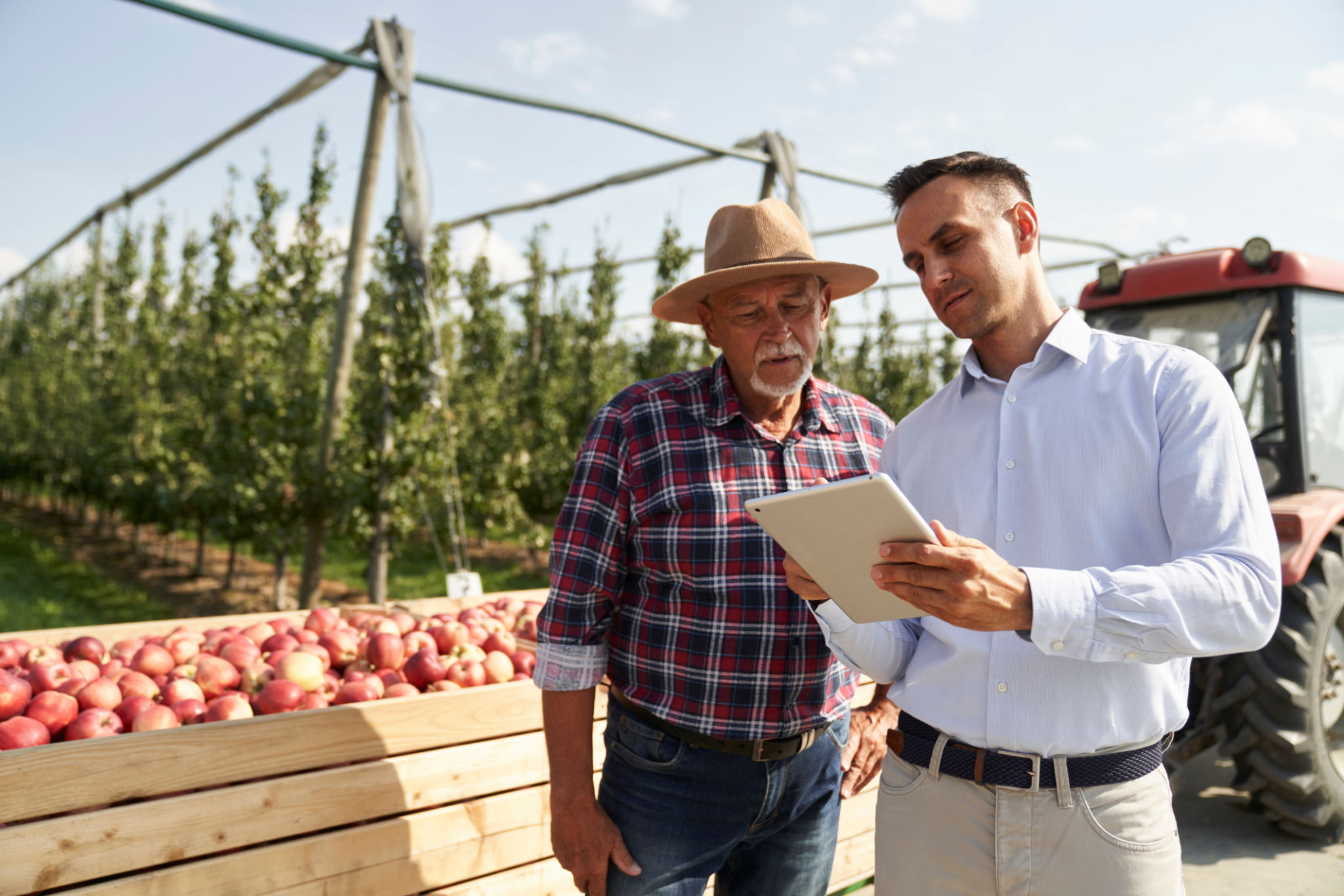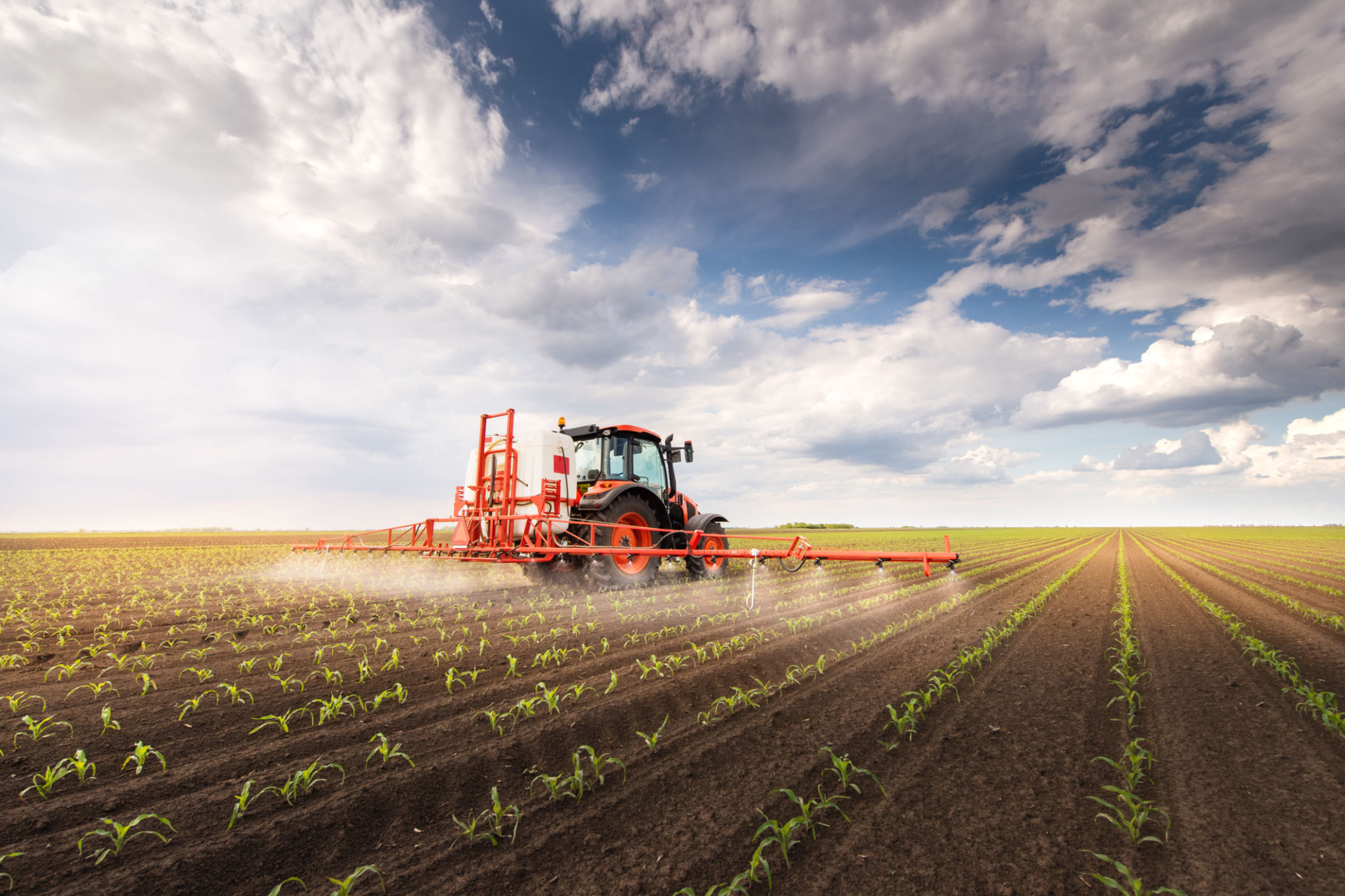Top 5 Challenges Facing Farmers in Indonesia and How to Overcome Them
Introduction
Indonesia, with its vast archipelago and fertile lands, is a country with significant agricultural potential. However, farmers in Indonesia face numerous challenges that hinder productivity and sustainability. This post explores the top five challenges and offers strategies to overcome them.
Climate Change and Its Impact
One of the most pressing challenges is the impact of climate change, which affects rainfall patterns and increases the frequency of extreme weather events. These changes disrupt growing seasons and reduce crop yields.
To combat this, farmers can adopt climate-smart agriculture practices. These include using drought-resistant seeds, implementing rainwater harvesting systems, and diversifying crops to spread risk. Government support in providing education and resources is also crucial.

Limited Access to Technology
Many Indonesian farmers lack access to modern agricultural technology, which limits their ability to increase efficiency and productivity. Traditional farming methods are still prevalent, making it difficult to compete in a global market.
Introducing affordable and accessible technology solutions, such as mobile apps for crop management or low-cost irrigation systems, can make a significant difference. Partnerships between tech companies and agricultural cooperatives can facilitate this transition.
Financial Constraints
Access to financial resources is a major hurdle for Indonesian farmers. Many lack the capital needed to invest in better equipment or expand their operations. This financial limitation is often due to the lack of collateral and high-interest rates on loans.
Microfinance institutions and government-backed loan programs can provide much-needed financial support. Additionally, financial literacy programs can empower farmers to manage their resources more effectively.

Market Access and Fair Pricing
Farmers often struggle with accessing markets to sell their produce at fair prices. Middlemen can exploit this by offering lower prices, reducing farmers' income and discouraging production.
Establishing cooperative models where farmers can pool their resources and sell collectively can improve bargaining power. Additionally, digital marketplaces can connect farmers directly with consumers, ensuring better pricing and reducing dependency on intermediaries.
Pest and Disease Management
Pests and diseases pose a constant threat to crops, leading to significant losses if not managed properly. Many farmers lack the knowledge or resources to effectively combat these challenges.
Integrated pest management (IPM) strategies that combine biological, cultural, and chemical controls are essential. Training programs and extension services can equip farmers with the skills needed to implement IPM effectively.

Conclusion
Despite these challenges, the resilience of Indonesian farmers is commendable. By adopting innovative practices, leveraging technology, and seeking institutional support, they can overcome these hurdles and ensure sustainable agricultural growth. Collaborative efforts between government bodies, private sectors, and the farming community are essential in transforming Indonesia's agricultural landscape for the better.